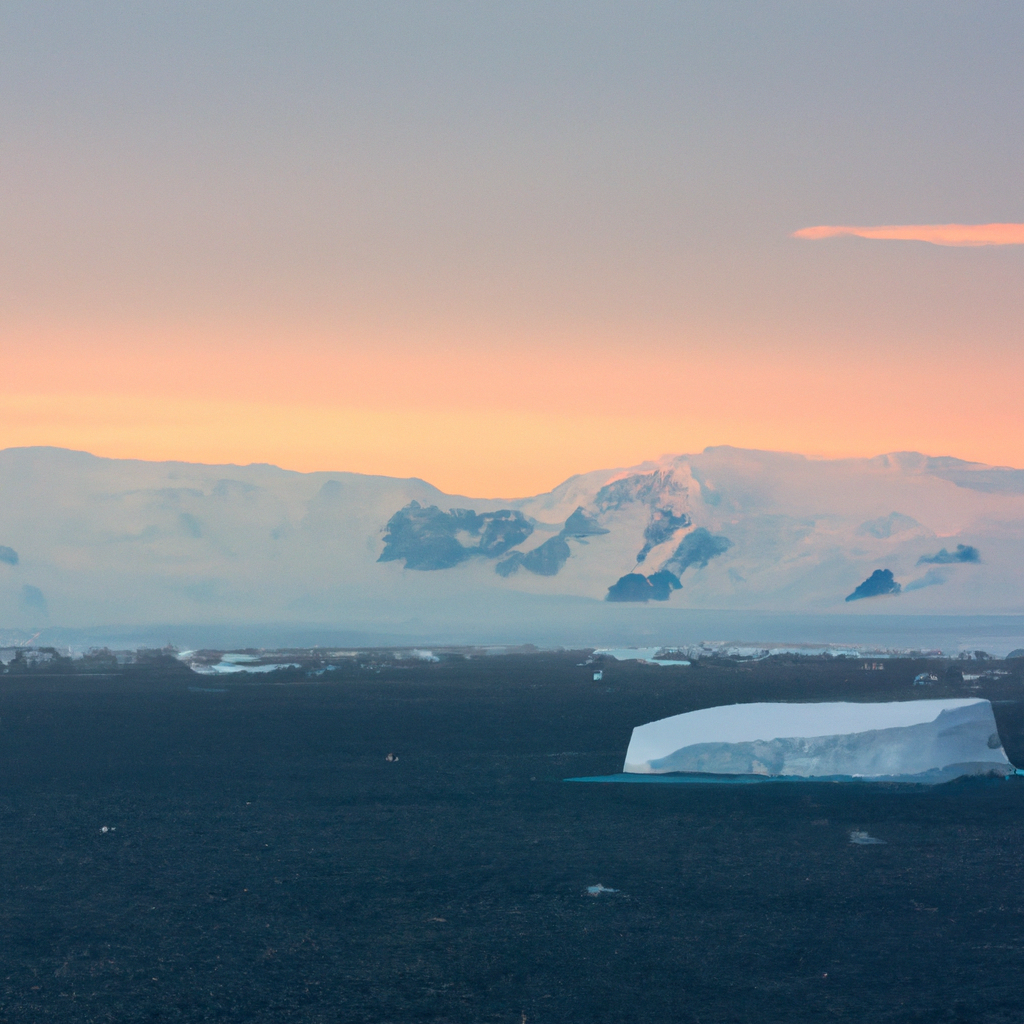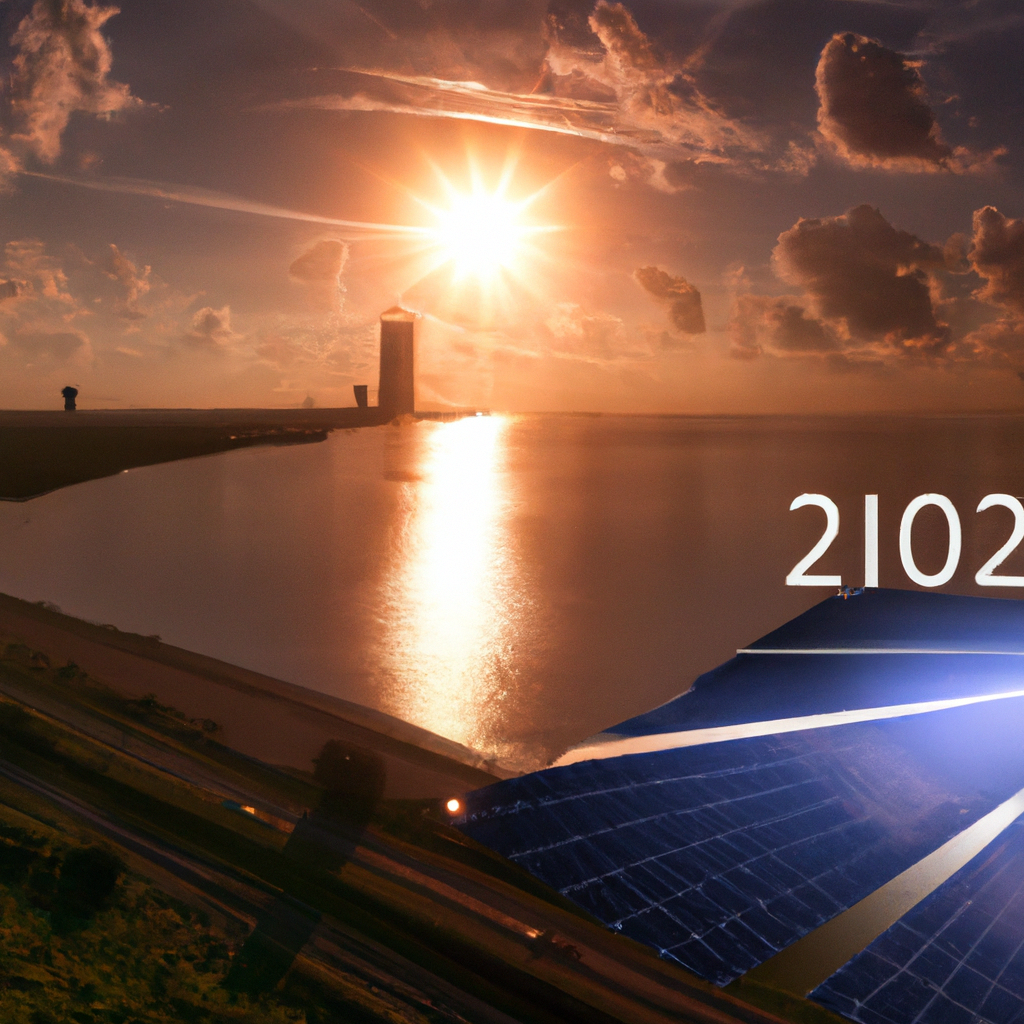Antarctica is warming at twice the rate of the global average, which has been hard to substantiate due to limited temperature records. The Earth’s poles are expected to see the highest temperature increases due to “albedo,” a phenomenon where the presence of snow and ice reflect sunlight, causing greater warming. Traditional methods of temperature tracking have struggled in the region, which has 23 weather stations to Europe’s thousands.
Scientists have turned to proxy data and ice core records to understand Antarctica’s warming patterns. These records include dust from volcanic eruptions, samples of past atmospheres, and evidence of historical climates. The research team used a compiled database of 78 ice core records across the continent.
Combining this data, the team reconstructed temperature changes over the past millennium. Using dynamical system theory, they demonstrated current warming in Antarctica is between 0.22 and 0.32C per decade, nearly double the Intergovernmental Panel on Climate Change’s global estimates. The research also suggested that even East Antarctica, previously thought to be largely unaffected by climate change, is also experiencing warming.
The study’s findings suggest that climate models may underestimate the actual levels of global warming. This means that projections for future sea level rises, based on such models, may also be inaccurate and could underestimate the potential risks facing low-lying areas. This research highlights the importance of tracking emissions and studying the impacts of greenhouse gases globally.
Read source article here:
Guest post: Ice cores reveal Antarctica is warming twice as fast as global average




